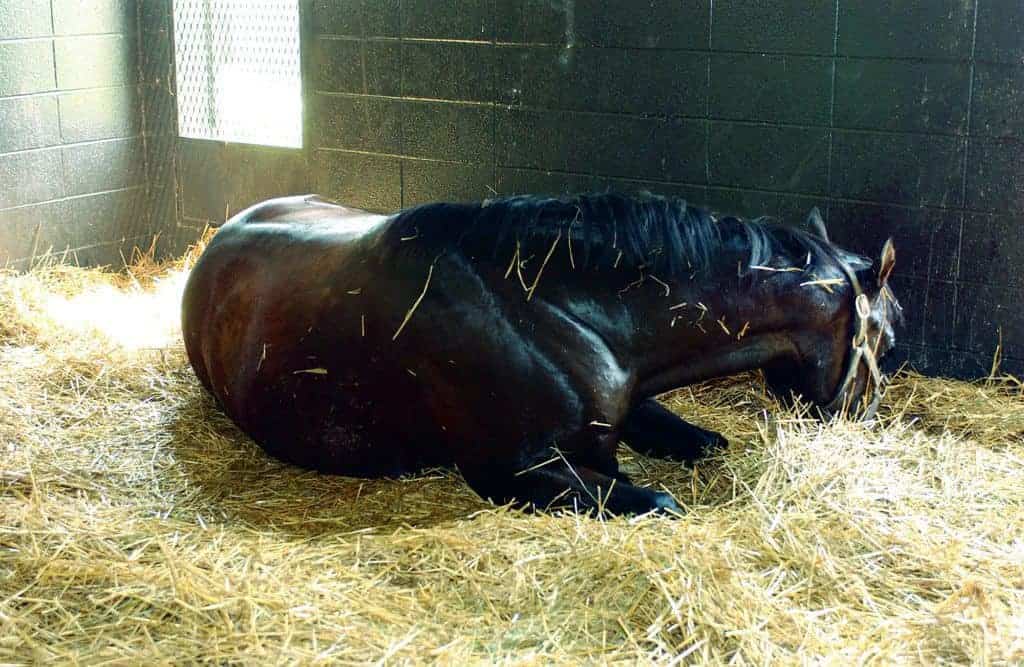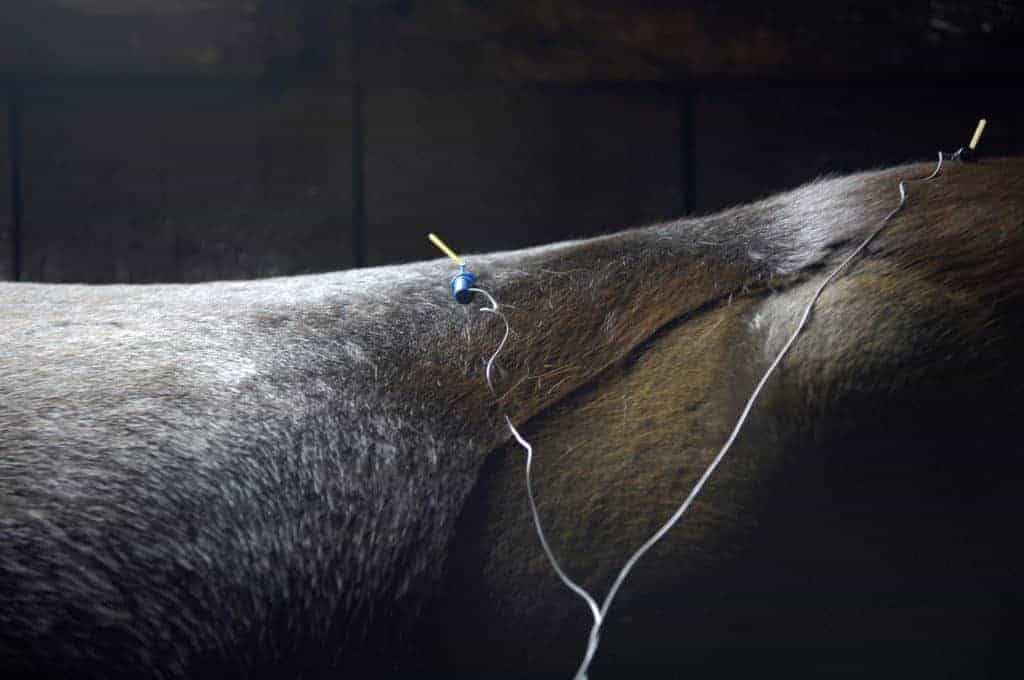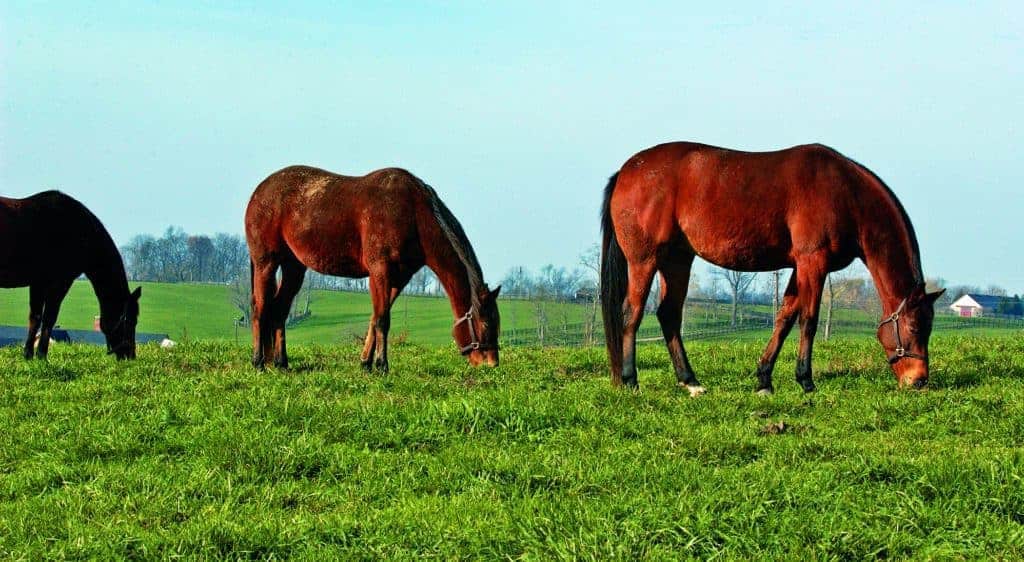
2011’s Top Equine Surgery/Lameness Studies
A wrap-up of the most important, interesting, or applicable surgery and lameness studies from Dr. Scott Palmer

A wrap-up of the most important, interesting, or applicable surgery and lameness studies from Dr. Scott Palmer

Successful treatment depends largely on the types of cases the veterinarian selects, said one researcher.
Manuka honey can be used to promote healing of wounds without the need for a bandage, one researcher said.

Horse owners should be prepared to make decisions about managing serious colic without the option of referral.
Researchers reported success with inducing ovulation in winter anestrous mares via a new hormone therapy.

Buscopan has been accepted as effective treatment for simple choke in other countries for 40 years.
A wrap-up of the most important, interesting, or applicable studies to equine medicine from Dr. Steve Reed.

The time required to train a stallion to use a dummy mount can range from few days to several weeks.

Electroacupuncture-treated horses exhibited a significantly deeper depth of anesthesia compared to controls.

Age, breed, previous experience with air travel, and location in the cargo area can impact body temperature.

The parasite Besnoitia bennetti grows in tiny cysts in the skin, organs, and eyes of affected animals.

A 1.8-mg dose of the deslorelin acetate formulation was safe and effective in inducing ovulation in mares.

Without proper post-treatment management and some husbandry adjustments pneumonia can recur.

A physical therapy program is owner- and horse-intensive in terms of time and energy for successful outcomes.

This procedure involves intravenous antibiotic delivery to the lower limb via a vein close to the trauma site.

Ensure a bacterial infection that will respond to antibiotics is actually present before beginning treatment.
Stay on top of the most recent Horse Health news with
"*" indicates required fields